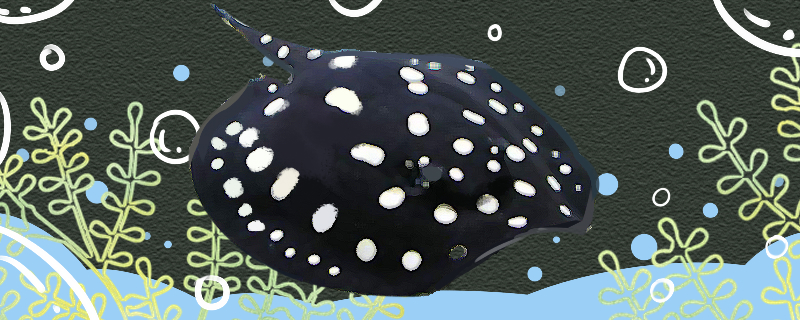 1. Are black and white rays easy to raise
1. Are black and white rays easy to raise Black and white rays are not difficult to raise among freshwater rays. They have a certain ability to bear the changes of water quality and water temperature, and have a large range of food acceptance. There are many species that can be mixed with rays in daily feeding. Generally, medium and large fish in the middle and upper reaches can be mixed with them. For example, arowana, Sanjian, Brazil, tiger fish and so on.
Black and white rays usually change water once every three days, one fifth of it can be changed at a time, and the water to be changed should be heated and precipitated for more than 24 hours. They have a large appetite and strong excretion capacity, so special attention should be paid to the maintenance of water quality in family feeding. If necessary, a filtration system can be installed on the fish tank. Generally speaking, black and white rays are relatively easy to raise.
2. How to raise black and white rays1. Water quality: Black and white rays can endure a certain degree of water quality changes, and the body surface often changes when the water quality is bad. When the phenomenon of white spots prolonging appears on them, special attention should be paid to the management of water quality and environment, which is often a signal of poor water quality.
2. Feeding: They have strong gastrointestinal function and are rarely picky eaters. As long as it is fresh food, they are easy to accept. Daily feeding should be based on active bait such as red worms, fish and shrimp, loach, etc.
3. Environment: The young rays are raised in smaller fish tanks, and then replaced by larger fish tanks when they grow up. Although they prefer to hide under sand and mud, they often make the bottom sand a mess after laying the bottom sand at the bottom of the tank, which is not conducive to care, and the nitrite contained in the sand and gravel is not conducive to their growth, so it is recommended to raise them in bare tanks.